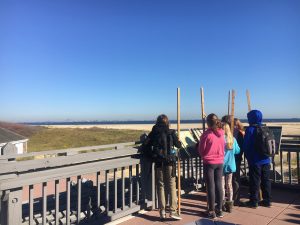
K to Gray Education: New Jersey Sea Grant provides ideal space for outdoor learning
New Jersey Sea Grant Consortium is perfectly situated to facilitate outdoor learning, attracting more than 20,000 students each year.
Scroll down to view posts

New Jersey Sea Grant Consortium is perfectly situated to facilitate outdoor learning, attracting more than 20,000 students each year.
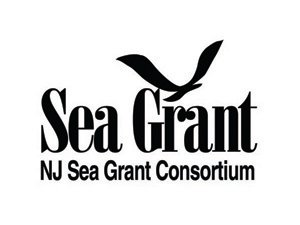
Using modeling techniques, students discover how coastal dunes form and how they can protect coastal areas from erosion and flooding during storms and harsh weather events. Students will make predictions and observations, then come to their own conclusions about the importance of dunes and how they can make coastal areas more resilient against storms.




In this activity students will build a model of a salt marsh and the land surrounding it out of clay. Students will use this model to see what happens to salt marshes when the sea level rises and how the slope of the land and the location affect the marshes survival.




Students study the essential parts of the Cape American Beach Grass Ammophila breviligulata and discover the basic necessities for plant survival.
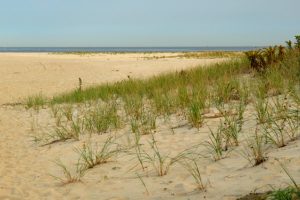

The Dune It Right manual explains dune ecology. This tool is for anyone undertaking a dune restoration or rehabilitation project. It explains what species uses what parts of the beach, how to avoid damaging habitat and how to avoid creating a monoculture.
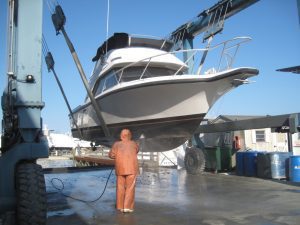

As part of the National Sea Grant Coastal Communities Climate Adaptation Initiative (CCCAI), NJSGC is developing and implementing an education and outreach campaign designed to promote long term planning that will educate waterfront property owners and associated businesses about the need to gain an understanding of climate change and consider the potential impacts associated with it when planning for the future.


The Dune It Right manual is designed to be an evolving resource for anyone planning dune restorations. It uses NJSGC research and researchers to bring the most relevant data and methods for restoring dunes along New Jersey's intensely developed shore.
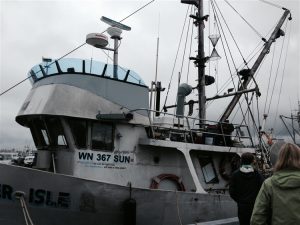

Sea Grant works with coastal communities to ensure that boaters on the water for fun and for work are knowledgeable and out of harm's way.
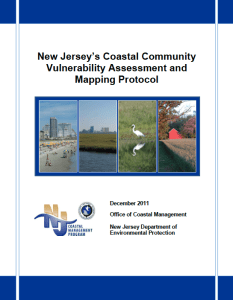

This document is intended as a guide for entities interested in assessing their vulnerability to coastal hazards. Coastal vulnerability is a complex topic that requires an understanding of some basic terms, concepts, and historical context to be effectively assessed.
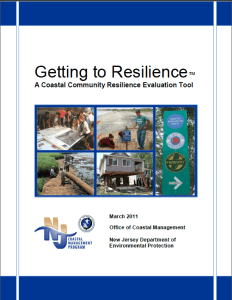

A survey instrument that helps a community characterize its resilience through the connectivity of the community's various planning documents.
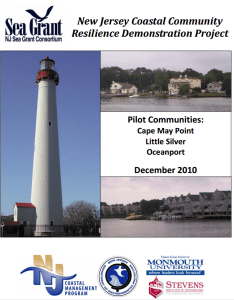

Coastal communities across the nation are faced with the challenge of how to adapt to coastal inundation associated with climate change and sea level rise. As part of the National Sea Grant Coastal Communities Climate Adaptation Initiative (CCCAI), the New Jersey Sea Grant Consortium (NJSGC) and its partners, New Jersey Department of Environmental Protection Office of Coastal Management (NJOCM), Monmouth University Urban Coast Institute (UCI) and Stevens Institute of Technology, conducted community-based, climate adaptation demonstration projects in Cape May Point, Little Silver and Oceanport, New Jersey.


This workshop series featured municipal officials who survived Superstorm Sandy and Maine municipal officials and residents from Wells, Saco and Old Orchard Beach who traveled to New Jersey to see the aftermath of the storm first hand. During “The Sandy Dialogues” workshops in Wells and Saco presenters shared personal experiences about the storm, its aftermath and recovery.
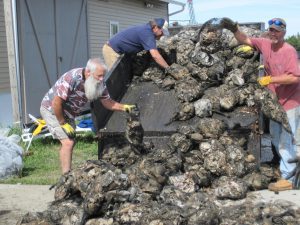

Promoting Oyster Restoration Through Schools or Project: PORTS has seeded more than 20 million oysters in conservation sites like Gandy’s Beach throughout the Delaware Bay since it began in 2007. It is led by New Jersey Sea Grant Consortium and partner Lisa Calvo at the Shellfish Aquaculture Coordinator for Rutgers University.
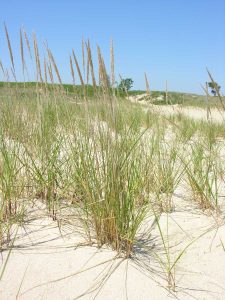

Dunes are dynamic entities, they accrete and deplete, get damaged in coastal storms, and suffer through abuse by humans. In an attempt to mitigate the damage, New Jersey coastal communities often plan Ammophilia seedlings to deliberately construct dune systems to act like barriers against coastal damage during storms, effectually shoring up the coast. However, there’s a fatal flaw in this approach.
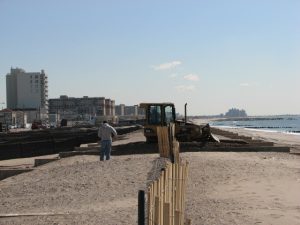

Connecticut Sea Grant, New Jersey Sea Grant, and New York Sea Grant have awarded funds totaling $1.4 million to support ten social science research projects to improve community understanding and response to coastal storm hazard information as part of NOAA Sea Grant’s Coastal Storm Awareness Program.
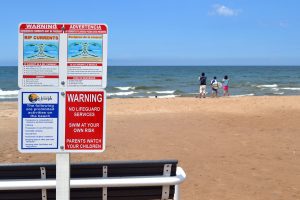

A partnership between Sea Grant, the National Weather Service, and the United States Lifesaving Association will facilitate the collection of real-time data by lifeguards to improve rip current forecasts
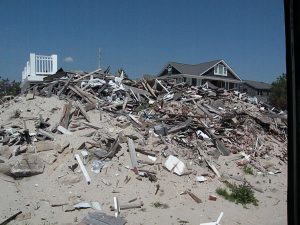

The Sea Grant network has been actively engaged in both the short term and long term recovery for those impacted by Sandy.
The winning projects of the climate adaptation initiative represent a diverse array of regions and challenges, and highlight to power of communities working together to address far-reaching challenges, partnering with universities and government to ensure the best science available is used to inform public decisions.